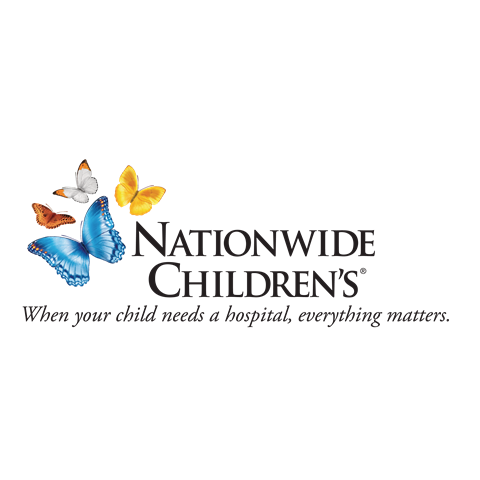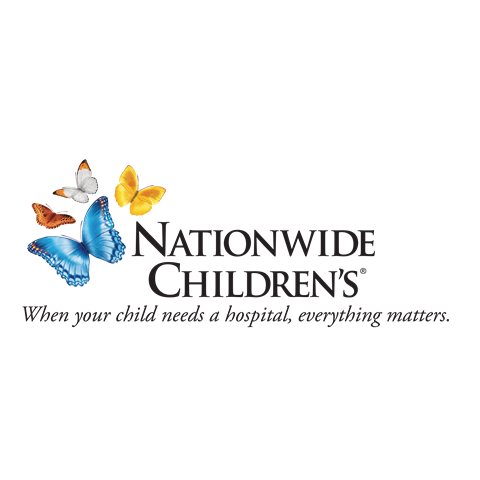Available Technologies
# of Displayed Technologies: 8 / 8
Categories
Conventional Gene Therapy Approach for FOXG1
TS-002317 — FOXG1 syndrome is a rare neurological and developmental disorder that usually affects children at infancy. Individuals with this disorder experience seizures, delayed development, intellectual disability, and mobility issues. Currently, there is no cure. Researchers at Nationwide Children’s Hospital designed a conventional gene therapy approach for FOXG1 by establishing vitro models and comparing data for FOXG1 cell lines and Rhett Syndrome cell lines. (need info. about the results of the 2021 pilot study)
Application:
Treatment for FOXG1
Stage of Application:
Pilot study undergoing.
- College:
- Inventors: Meyer, Kathrin; Likhite, Shibi
- Licensing Officer: Eidahl, Jocelyn
 SLC6A1 Gene Therapy Vectors
SLC6A1 Gene Therapy Vectors
TS-002279 — What: gene therapy for pediatric epileptic encephalopathy resultant from mutations in SLC6A1 gene
Six new gene replacement products
New shRNAs for gene knockdown
New delivery route and dosing ranges
Why: pediatric epileptic encephalopathy
Current treatment is limited to symptomatic treatment, primarily by use of antiepileptic drugs
How: single stranded AAV serotype 9 that will provide a wildtype copy of SLC6A1 to address haploinsufficiency resultant from mutations in one copy of the SLC6A1 gene
Delivered through cerebrospinal fluid (CSF) via injection
Pediatric epileptic encephalopathy causes severe seizure and significant developmental delays or the loss of developmental skills. Currently, treatment is limited to symptomatic treatment through the primary use of antiepileptic drugs. Researchers at Nationwide Children’s Hospital developed a …
- College:
- Inventors: Meyer, Kathrin; Bradbury, Allison; Likhite, Shibi
- Licensing Officer: Eidahl, Jocelyn
The Use of Omnipaque and other Agents in Intraocular Injections to Enhance AAV Vector Distribution to the Retina
TS-002230 — Currently, targeting the retina is difficult due to the thickness of vitreous preventing easy diffusing to the retina and restricted access due to the inner-limiting membrane (ILM). These challenges are especially difficult in the context of retinal AAV therapies. Researchers at Nationwide Children’s Hospital propose using Omnipaque to increase the density of injection solutions containing AAVs to allow for increased delivery to the retina combined with supine positioning of the patient. This addition would eliminate the need for risky, complicated injection methods.
- College:
- Inventors: Meyer, Kathrin; Likhite, Shibi; Schwartz, Maura
- Licensing Officer: Eidahl, Jocelyn
Improved Production Process for AAV Viral Vectors in Flatware and Bioreactors for Suspension and Adherent Cells
TS-002229 — Adeno-associated virus vectors (AAV) are used to deliver normal copies of genes or therapies to a targeted tissue or organ as treatment for many genetic disorders. Researchers at Nationwide Children’s Hospital created a process that will improve the production process for AAV viral vectors in flatware and bioreactors for suspension and adherent cells. They performed placid transfection prior to seeding into the tissue culture flasks which decreased the incubation time for cells in the bioreactor and yielded a higher crude AAV viral vector yield by 8-10-fold. Therefore, this process will reduce production time and costs of production.
- College:
- Inventors: Meyer, Kathrin; Likhite, Shibi
- Licensing Officer: Eidahl, Jocelyn
AAV Gene Therapy to Modify Promoter Function
TS-002224 — Researchers at Nationwide Children’s Hospital developed a new technology to regulate gene expression. They propose utilizing U7 small nuclear RNA with a tail will attract endogenous activator or pressor proteins. The U7 small RNA will guide RNAs to bind to promoter sequences to alter gene expression by blocking activator or repressor elements in promoters. The attached tail will consist of specific binding sequences recognized by the repressor or activator proteins attracting them to the intended promoter for its regulation.
- College:
- Inventors: Meyer, Kathrin; Likhite, Shibi; Powers, Samantha
- Licensing Officer: Eidahl, Jocelyn
New Therapeutic Approach for ALS Using shRNA, U7 RNA Skipping and/or Combination Approach
TS-002223 — Amyotrophic Lateral Sclerosis (ALS) is a neurogenerative disease that impacts the nerve cells of the brain and spinal cord causing muscles to weaken and affecting physical function. Researchers at Nationwide Children’s Hospital have created a therapy approach to reduce the expression of the superoxide dismutase 1 gene (SOD1). The gene therapy combines the usage of AAV small hairpin RNA sequences (shRNA) and U7 small nuclear RNA (snRNA). The C9ORF72 repeat expansion is the known leading cause of ALS. The AAV shRNA will downregulate the SOD1 gene and fight against the C9ORF72 expansion while the U7 snRNA will induce exon skipping of the SOD1 mRNA and C9ORF72 repeat expansion to create an out of frame skipping that will degrade the transcripts. Combining the two approaches into a single vector could create an efficient gene therapy for ALS while treating a larger patient subpopulation.
- College:
- Inventors: Meyer, Kathrin; Likhite, Shibi; Wein, Nicolas
- Licensing Officer: Eidahl, Jocelyn
 Adeno-Associated Virus Delivery of CLN8 Polynucleotide
Adeno-Associated Virus Delivery of CLN8 Polynucleotide
TS-002095 — About 3 of every 100,000 births are affected by Batten disease, a disorder that prevents the body from removing cellular waste like lipids and proteins. The build up of cellular waste throughout the body can cause seizures, vision loss, delays in thinking, abnormal movements and death. Researchers at Nationwide Children’s Hospital created a new intrathecal gene therapy using Adeno-Associated viral vectors for Batten Disease caused by mutations in the CLN8 gene. They generated an Adeno-Associated viral vector serotype 9 (AAV9) that contains the human CLN8 cDNA driven by a promoter.
Additionally, they designed a new concept of intrathecal dosing which calculates the dosage by the size and growth rate of the nervous system and cerebrospinal fluid. The intrathecal gene therapy method can be used for Batten disease caused by mutations in the CLN8 gene along with other gene therapy…
- College:
- Inventors: Meyer, Kathrin; Kaspar, Brian; Likhite, Shibi
- Licensing Officer: Eidahl, Jocelyn
 Optimizing Gene Therapy for Targeting of Specific Cell Types in the Retina Using Different Viral Vectors, Different Promoters and Different Delivery Routes
Optimizing Gene Therapy for Targeting of Specific Cell Types in the Retina Using Different Viral Vectors, Different Promoters and Different Delivery Routes
TS-000441 — Gene therapy experts at Nationwide Children’s hospital are utilizing adeno-associated virus (AAV) mediated gene therapy to target specific cell types within the retina to treat vision impairment, retinal degeneration and vision-related disorders. Although, use of ocular administration of gene therapy vectors has shown some promising results, there is a need for improved gene therapy methods. Our experts have designed various viral vectors, promoters, novel co-administration therapies and multiple delivery routes to target particular cell types in the retina. This preclinical study offers hope for treating vision loss.
Benefits:
This technology comprises different injection methods, different promoters, different viral vectors and combinatorial approaches.
We have data which has enabled us to understand which viral vector/promoter/injection route combination works best for targeting of specific cell types in the retina. This will allow us to further improve gene therapy strategies for Batten Disease and for other disorders that cause retinal degeneration.
Potential Markets/Applications:
There are multiple groups working on AAV gene therapy for vision. The current methods are not sufficient to efficiently target bipolar cells in the retina. We are developing protocols and vectors that should be more efficient in targeting these cells as well as other cell types.
Opportunity/Seeking:
Development Partner
Licensing
Seeking Investment
IP Status:
Patent Application Submitted
- College:
- Inventors: Meyer, Kathrin; Kaspar, Brian; Likhite, Shibi
- Licensing Officer: Eidahl, Jocelyn
